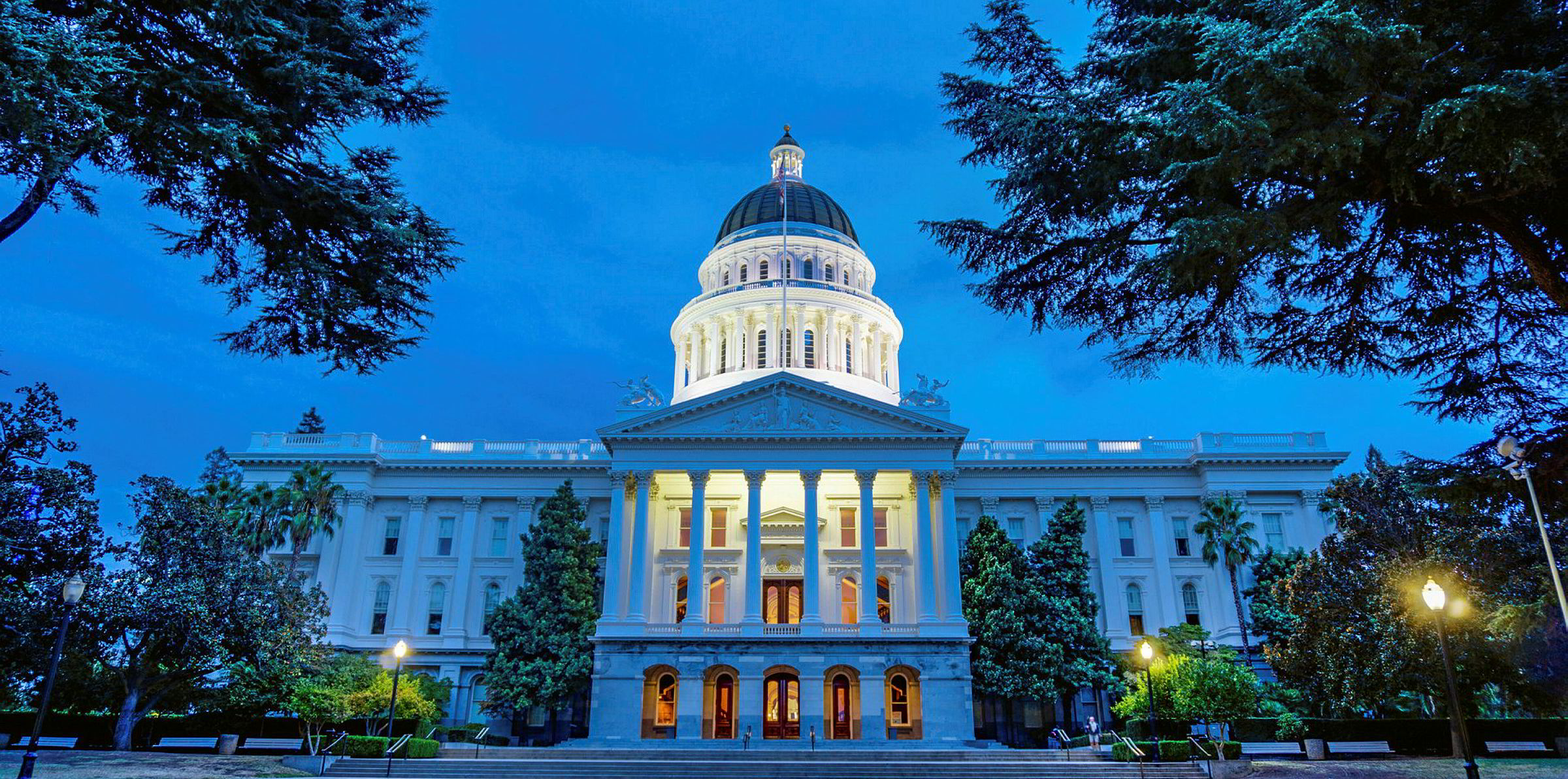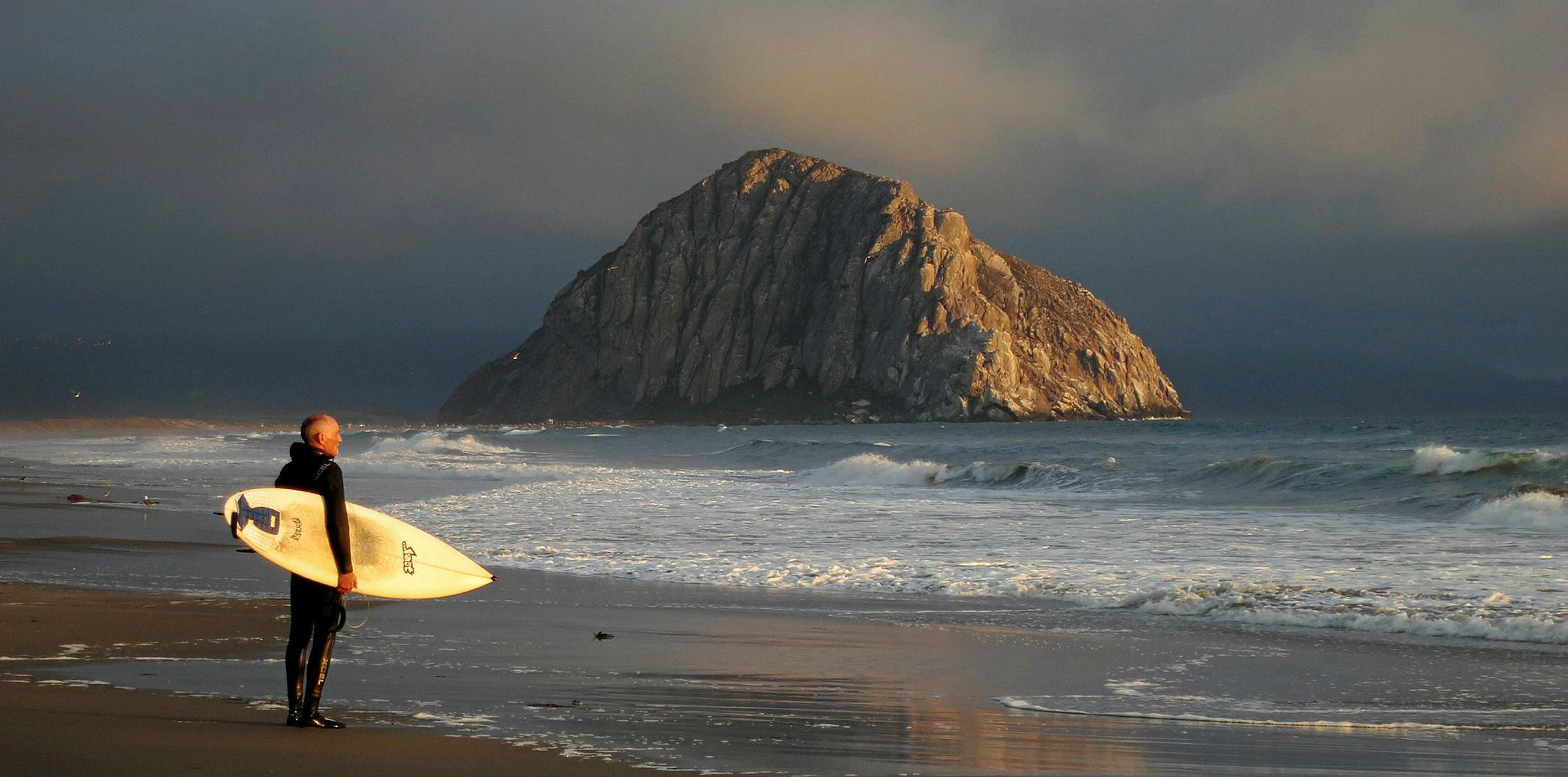Floating wind power could save Californians $2bn on their electricity rates by 2040 if the state builds out a 7-9GW fleet off its coast as it transitions away from fossil-based generation, says a new study by consultancy Energy + Environmental Economics (E3).
The report, which scopes out the economic value and long-term potential of offshore wind – an energy source not modelled in California’s existing resource planning work – in meeting the state’s decarbonisation goals, calculates floating wind would be able to supply 10% of demand by this date, providing enough power for some four million homes.
“While California leads most states in renewable energy deployment, it will need several times more renewable energy capacity than is currently installed to meet its long-term policy commitments,” said E3 senior consultant Sanderson Hull, who led the study, which was commissioned by US developer Castle Wind.
“Offshore wind is a promising resource that has not yet been fully investigated as a component of California’s optimal pathways for meeting its clean energy goals.”
Last week, Castle Wind announced it had signed a memorandum of understanding with Californian utility Monterey Bay Community Power to enter into a long-term 1GW PPA linked to its Castle Wind Offshore project in Morro Bay.
The US government announced in June that it will hold a lead-off commercial lease auction next year for all or part of three wind areas off the coast of California, setting the stage for what could be record bids to supply power to the world’s fifth-largest economy.
But though the state waters are seen as an emerging global floating wind hotspot, with project proposals on the table for several gigawatts that could be online by 2027, the upcoming tender covers site allocation only, not permits or power purchase agreements (PPAs).
Alla Weinstein, CEO of Castle Wind, which is building a 1GW project at a deep-water site in the US Pacific Ocean, told Recharge the E3 study could be instrumental in convincing future energy buyers of the value of offshore wind power by “quantifying it” and so influence the Californian state government to rethink the resource's role in its evolving energy mix.
“California as a state, unlike New York for instance, does not buy energy. What it does is set up targets and guidance for utilities and community choice aggregators (CCAs) as to what type of energy they should buy, and how much of that comes from what source to meet what are its very ambitious clean energy and climate goals,” she said.
“Today offshore wind is not included in the integrated resource planning process that looks at what energy generation should be procured by utilities, CCAs and end-users, so this study is important because it answers the basic question: ‘Why should these buyers buy offshore wind power’, and, so, why offshore wind being included in future integrated resource planning.”
Last September, California Governor Jerry Brown signed-off SB 100, a bill committing the state to an accelerated renewables portfolio standard target of 60% by 2030 and additionally committing the state’s electricity to being sourced 100% from clean energy by 2045 – goals that would call for some 10GW of additional solar and wind generation capacity.
“When we first started talking [to the state government] in 2015, no one saw why they should even bother with offshore wind [because of California’s vast solar resource],” noted Weinstein. “Now we can show it is a significant resource – and one they didn’t even know they had, in a way.”
The $2bn in ratepayer savings was calculated against current energy planning assumptions in the state, which is founded on incorporating solar and storage and out-of-state wind. E3 employed the so-called ‘Resolve’ model – a resource planning tool used in many renewables studies in the US – and analysed offshore wind economics with “key input assumptions” from Castle Wind to estimate the “optimal capacity without regard to current federal offshore wind call areas or to existing onshore transmission limitations”.
“This study says, ‘Ok, state of California, floating wind is good for the rate payer; now it needs to be really assessed to see where you are going to [build the capacity], what other benefits you are going to derive’ – the wider socio-economics, the job creation and so on.
“There is a slew of other considerations that follow, but this study answers the big question: ‘Why bother?’”



